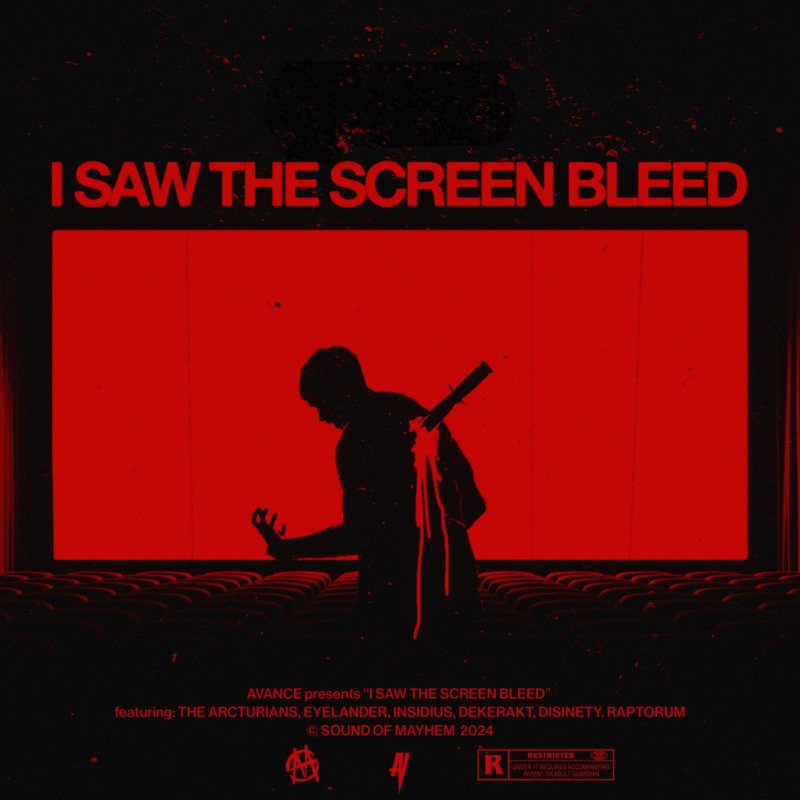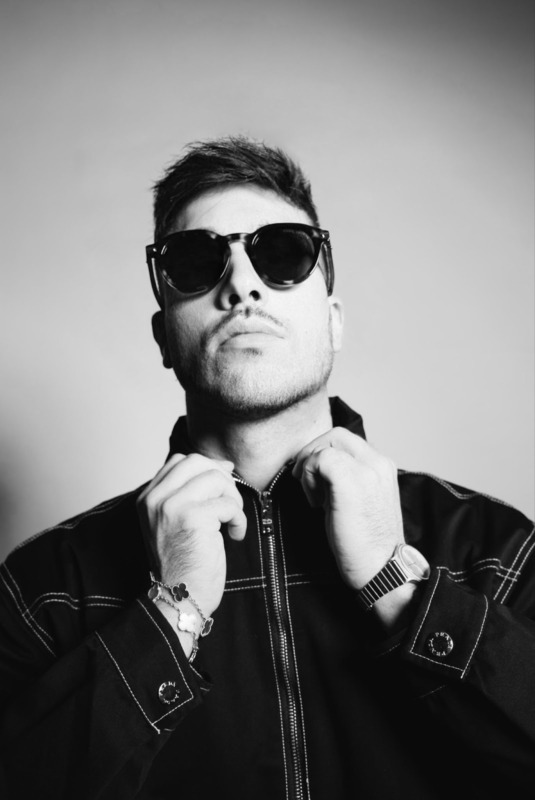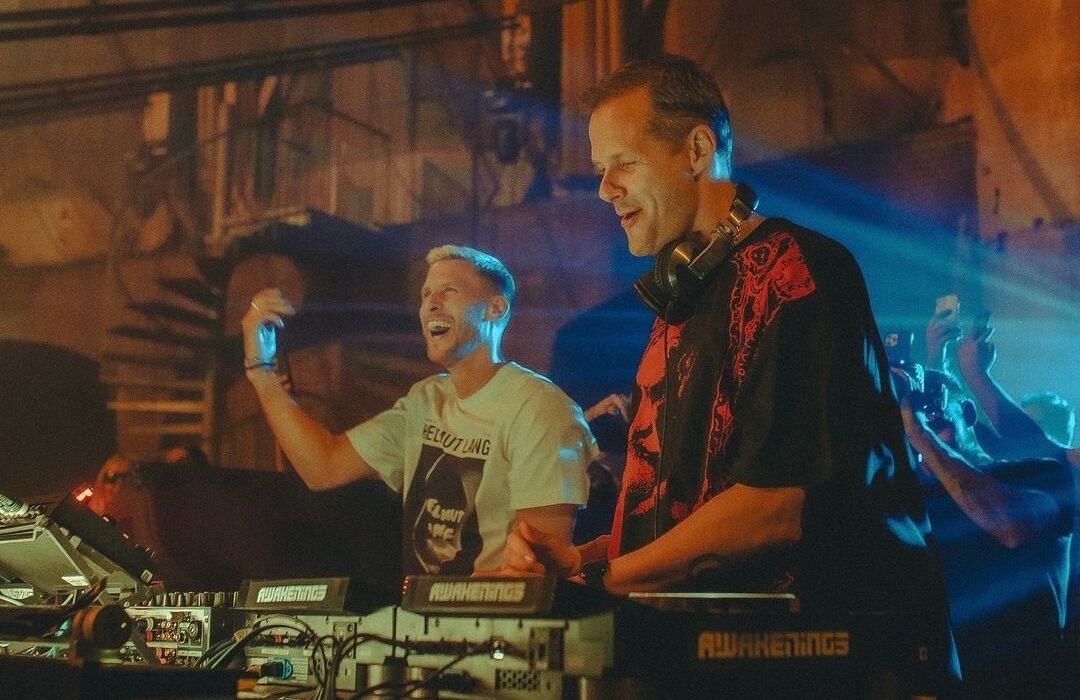Ernest Cline's new book Ready Player Two, the sequel to Ready Player One, seems to have a lot of similarities to the Sword Art Online anime. Both stories focus on the wide usage of virtual reality in the near future, but fans (and critics) of both franchises have noticed the similarities don't stop there.
Sword Art Online
Sword Art Online is a 2012 anime based on the light novels of the same name by Reki Kawahara. The story follows 14-year-old Kirito, an avid gamer and beta-tester for the virtual reality MMORPG Sword Art Online. Once the game goes live, it's announced that SAO's creator has trapped thousands inside with no way out. Players have to beat the game or literally die trying. Any attempt to forcibly remove a player's Nervegear headset will automatically trigger the device to fry their brain. (This makes your mom yanking your headphones off, after calling you too many times for dinner, a thousand times worse.)
Ready Player Two
Ready Player Two opens just after the events of the first book, with Wade Watts winning James Halliday's ultimate pop culture easter egg contest and control of his virtual reality OASIS. But as Wade begins to explore his new access to OASIS's secrets, he discovers a new type of headset Halliday had quietly developed that allows users to fully feel and experience the virtual world. It's called the ONI, pronounced [oh-en-eye], and it interfaces directly with the user's brain. The device transmits everything their senses would feel, smell, taste and touch, making it indistinguishable from the sensations of real life. SAO's second season comments on how enough sensory data could make the virtual world feel just like reality, and Ready Player Two seems to be already putting that idea into motion.
How Similar Are Ready Player Two & Sword Art Online?
In the first few chapters of RP2 alone, parallels can easily be drawn with SAO. Wade logs into OASIS arriving at the base of Anorak Castle as the game's new owner, complete with the long black robes that Halliday's avatar use to wear. This is similar to the appearance of SAO's game master and creator in the first episode, where he materializes at the base of the Aincrad Castle with a long blood-red cloak.
While Wade considers if he should bring the ONI to the masses, he also realizes that he's "seen enough anime to know that 'Oni' is also a Japanese word for a horned demon from the pits of hell..." This is just one of many anime references throughout the book, so it's understandable that readers might be left reminded of a certain anime when Wade notes that "forcibly removing the headset while it [is] in operation could severely damage the wearer's brain and/or leave them in a permanent coma."
Much like in SAO, players remain in a coma-like state while stuck in the game, many having to go on life support while their brains continue the fight in the virtual world. The NerveGear's internal battery is a feature that keeps players safe in case of power failure. The ONI's battery lasts long enough to "complete any emergency log out sequences and safely awaken the wearer from the artificially engaged sleep." Wade continues to remind himself that with all these safety features, nothing can go wrong... though just like as with SAO, this obviously isn't the case.
As the ONI is released to the public and millions use it to log into OASIS, a second easter egg hunt is triggered. Similar to the conditions of Sword Art Online, Halliday has posthumously trapped users in the virtual reality, and logging out will destroy their brains.
Ready Player Two & SAO's Creators Know About the Crossover
These similarities may seem undeniable to fans of both series, but they also aren't lost on their respective creators. The shared focus on virtual reality is something that actually led to Cline meeting Kawahara in Japan. In a ScreenRant interview, Cline says that he greatly enjoyed getting to "geek out [with him] about virtual reality" and that they were inspired by the same '80s and '90s science fiction novels, such as Neuromancer and Snow Crash. Cline believes that it's amazing how "two guys from two different countries" could come up with similar ideas at roughly the same time (Ready Player One was published in 2011, two years after the SAO light novels began official publication and a year before the anime).
Cline also said, "[Kawahara] and I really hit it off and we traded signed copies of our books and vowed to collaborate on something." With the two on such good terms, it should be no surprise that Sword Art Online is specifically mentioned by the character of Samantha in Ready Player Two: "'Christ! Haven't any of you rewatched The Matrix lately? Or Sword Art Online?... Plugging your brain and your nervous system directly into a computer simulation is never a good idea!'"
Both Sword Art Online and Ready Player Two explore the possibilities of virtual reality as their creators pull from the past to inspire their works about the future. Perhaps they can both serve as a warning about the future of virtual reality and its dangers.
About The Author

